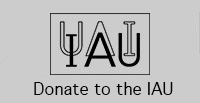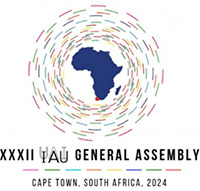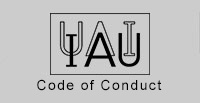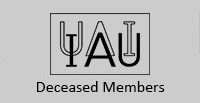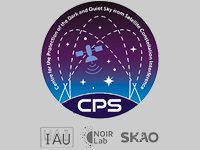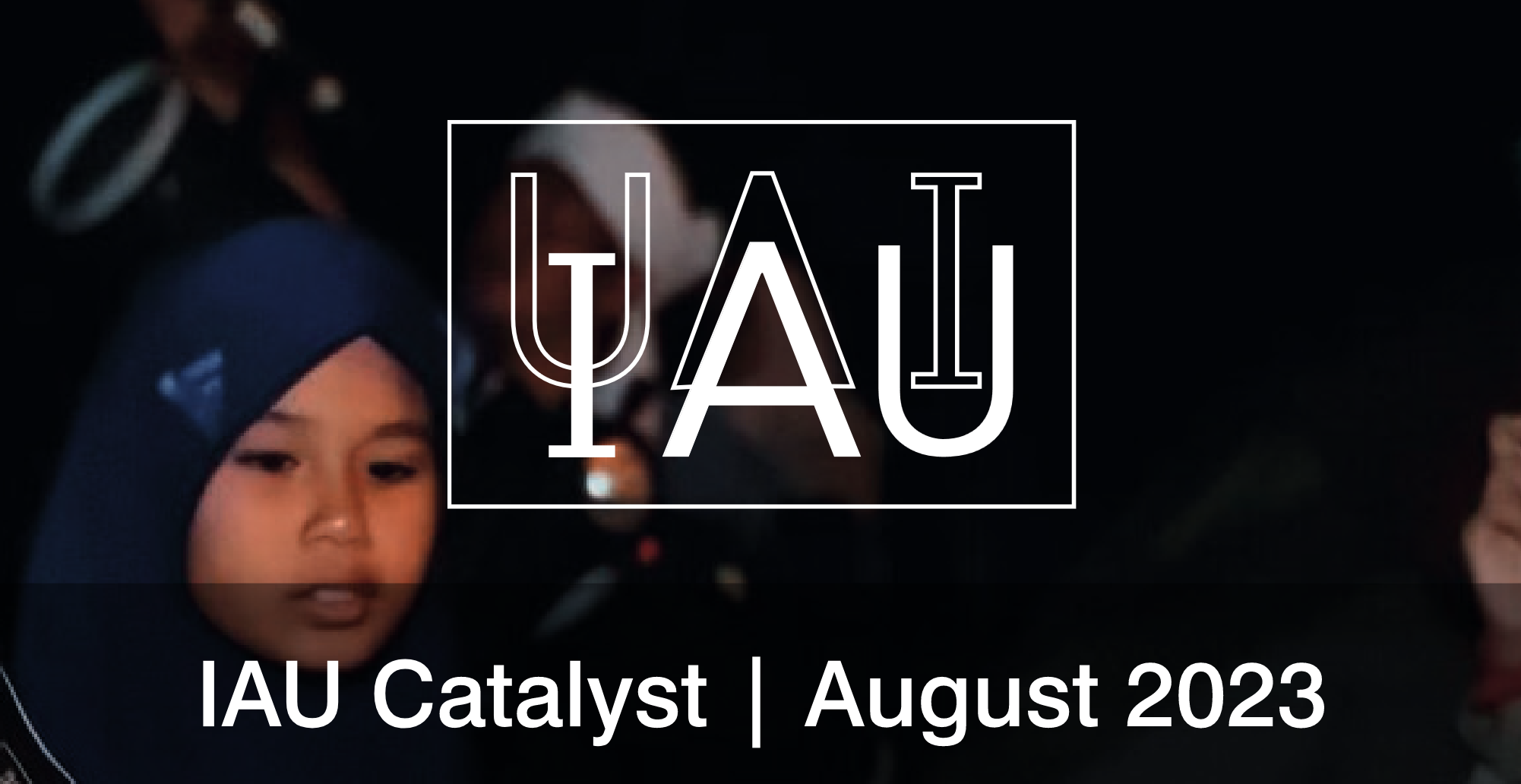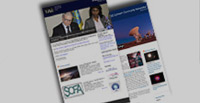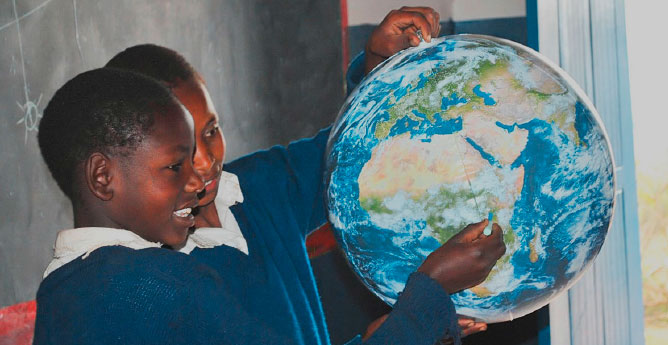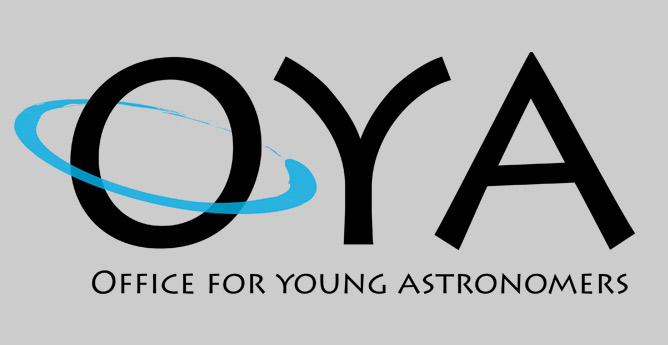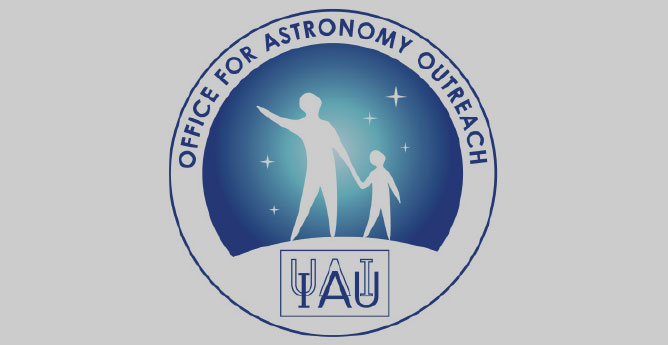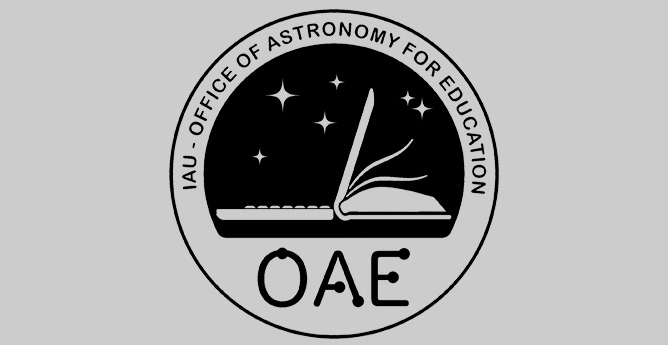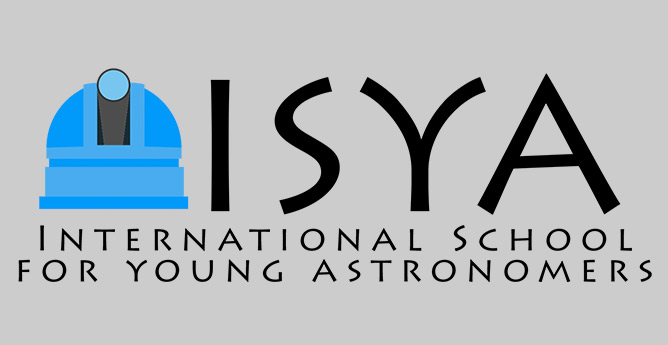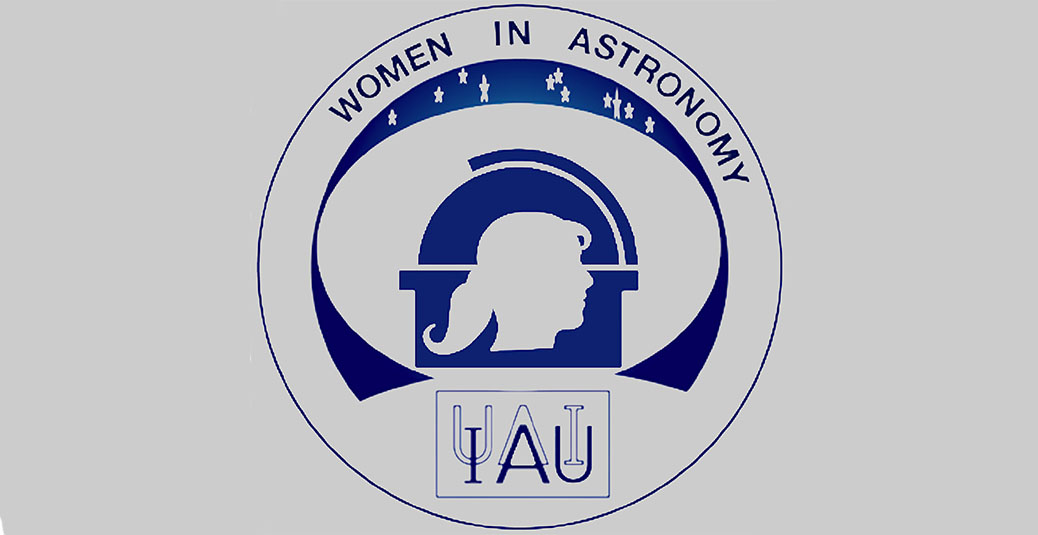- News
- Science
- Scientific Bodies
- Divisions
- Commissions
- Commission A1 Structure
- Commission A2 Structure
- Commission A3 Structure
- Commission A4 Structure
- Commission B1 Structure
- Commission B2 Structure
- Commission B3 Structure
- Commission B4 Structure
- Commission B5 Structure
- Commission B6 Structure
- Commission B7 Structure
- Commission C1 Structure
- Commission C2 Structure
- Commission C3 Structure
- Commission C4 Structure
- Commission C5 Structure
- Commission D1 Structure
- Commission E1 Structure
- Commission E2 Structure
- Commission E3 Structure
- Commission E4 Structure
- Commission F1 Structure
- Commission F2 Structure
- Commission F3 Structure
- Commission F4 Structure
- Commission G1 Structure
- Commission G2 Structure
- Commission G3 Structure
- Commission G4 Structure
- Commission G5 Structure
- Commission H1 Structure
- Commission H2 Structure
- Commission H3 Structure
- Commission H4 Structure
- Commission J1 Structure
- Commission J2 Structure
- Commission J3 Structure
- Commission X1 Structure
- Commission X2 Structure
- Past Commission Organising Committees
- Working Groups
- Centres
- Scientific Meetings
- Rules & Guidelines
- General Assemblies
- Meeting Proposals
- Future IAU Meetings
- General Assemblies
- EC Meetings
- Officers' Meetings
- Regional Meetings
- Symposia
- Focus Meetings
- Institutional Meetings
- IAU Offices Meetings
- IAU-Sponsored Meetings
- Letters of Intent submitted for 2024
- Letters of Intent submitted for 2023
- Letters of Intent submitted for 2022
- Letters of Intent submitted for 2021
- Letters of Intent submitted for 2020
- Past IAU Meetings
- Templates
- Other Meetings
- Grants & Prizes
- Scientific Bodies
- Publications
- IAU Publications
- IAU Strategic Plan
- Symposia
- WGSBN Bulletins
- Regional Meetings
- Information Bulletins/Catalyst
- E-Newsletters
- Focus Meetings
- Transactions A
- Transactions B
- Related Publications
- GA Newspapers
- CAPjournal
- IAU Books
- Brochures
- IAU Offices
- WG Reports
- Commission Reports
- Division Reports
- Past IAU Publications
- Rules, Guidelines and Instructions for Proceedings
- Publishers
- IAU Publications
- Administration
- About the IAU
- Statutes & Rules
- IAU Policies
- IAU Executive Bodies
- IAU Secretariat
- Resolutions
- Members Administration
- Administrative Dates & Deadlines
- International Organisations Relations
- Donate to the IAU
- Training in Astronomy
- Astronomy for Education
- Astronomy for Development
- Astronomy for the Public
- Office for Astronomy Outreach
- FAQ
- Themes
- Satellite Constellations
- Astronomy in Everyday Life
- How to Report a Discovery
- Careers in Astronomy
- Defining our Place in the Cosmos
- The Constellations
- Light Pollution
- Measuring the Universe
- Near Earth Objects
- How to Participate in Astronomy Research
- Naming of Astronomical Objects
- Naming of Exoplanets
- Buying Star Names
- Naming Stars
- Pluto and the Solar System
- IAU Member Statistics
- Our Moon: the Moon
- Meteors & Meteorites: The IAU Definitions of Meteor Terms
- UNESCO-IAU Portal to the Heritage of Astronomy
- Social Media
- Past Events
- Call for Online Resources
- Astronomy@Home Awards
- Contact

J. K. Katgert-Merkelijn
Netherlands
1943-2020
Obituary:
Jet Merkelijn was born in 1943 in the middle of the Second World War. Her birth was at her grandparents’ house in the Hague, while her father had gone into hiding to avoid being drafted to Berlin as a doctor. After the war her father specialized in gynaecology and moved to Vlissingen in the province of Zeeland. Jets parents were Dutch Calvinists (“gereformeerd”), a rather orthodox trend. All her life Jet has remained within the religion in which she was brought up. It never affected her interest in science. Jet attended school at the Middelburg Gymnasium, matriculated in 1960 and decided to study astronomy at Leiden. This decision was a well-considered choice.
She did well at university and served as an apprentice student to Gart Westerhout, famed for his large radio surveys of the Milky Way at 21 cm. After completing her “candidaats” examination in 1963 (roughly equivalent to a B.Sc.), she did a minor research project with R. Steinitz (a visitor from Israel, who did a PhD on magnetic stars) and then completed an excellent major research project with Mike Davis, an American postgraduate student of Oort’s.
In 1966 Jet was offered the opportunity of doing research in Australia with John Bolton, one of the most renowned pioneers of radio astronomy. She gladly accepted and participated actively in the seminal radio surveys of the southern sky that were then being carried out with the Parkes radio telescope, one of the largest in the world. Her main work concerned the survey of extragalactic radio sources at 2700 MHz (11 cm). After measuring the source positions, she identified several hundreds of sources with optical objects. The project was a great success. After returning to Leiden, she used these data to determine the luminosity function of radio sources at 400 and 2700 MHz and wrote a PhD thesis under the supervision of Oort. She was awarded a PhD in 1970.
After completing her PhD, she continued for a few years as a researcher at Leiden Observatory. This was the period when the new Westerbork Radio Telescope was being commissioned. Jet worked intensively with Peter Katgert and Rudolf Le Poole in testing the underground cables for leakages. Her collaboration with Peter resulted in more than just leak-free cables. At a meeting of the International Astronomical Union at Brighton in August 1970 I noticed Peter and Jet walking hand in hand, clearly in love with each other. The last article of Jeannette K. Merkelijn appeared in 1972. Thereafter she wrote under the name of J.K. Katgert-Merkelijn. In 1974 they left for Cambridge, England, where Peter had secured a fellowship at the Institute of Astronomy. They both managed to survive on the modest English stipend - no mean feat. In 1975 their roles were reversed, with Peter accompanying Jet to Bologna for a year’s visit to the Istituto di Radioastronomia. They made many good friends there, learned to speak Italian and acquired a long-lasting love of Italy and Italians.
In 1976 they returned to Leiden, when Peter was appointed as a permanent member of the Observatory staff. At Leiden Jet joined a collaboration that had been established between Leiden and the ‘Center for Astronomy’ at Harvard to carry out complementary radio observations of X-ray sources detected by the satellite. This project progressed with difficulty, partly because most of the newly detected X-ray sources did not emit strong radio emission. Meanwhile, Jet had become secretary of the Observatory Council, a structure that had been initiated following the wave of democratic reforms in 1968.
In 1980 the Netherlands Organization for Scientific Research (NWO) set up a new organization, ASTRON, to serve branches of astronomy that were not dealt with by the radio astronomy institute at Dwingeloo (SRZM). Jet applied for the job of Executive Secretary of ASTRON and was appointed by Adriaan Blaauw, the Chairman of ASTRON. The two worked well and effectively together. A few years later SRZM and ASTRON were fused by NWO into the present ASTRON organization and located at Dwingeloo.
Meanwhile Peter and Jet had produced two sons and Jet took a few years off to look after them. In 1985 the whole family went to La Palma. Peter worked there for a year as part of the Dutch contribution-in-kind to the new British-Netherlands Observatory there, with its large 4.2 m William Herschel telescope. It was not a very happy time. After their return to Leiden Jet occupied the position of Executive Secretary of ASTRON once more in 1987 during a sabbatical of her successor, Wilfried Boland.
In 1988, on the initiative of Butler Burton, a plan was made to set up and catalogue Oort’s archive for the benefit of future science historians. NWO agreed to fund this project and awarded Jet a two-year contract to carry it out. After two years, however, and in spite of Jet’s efficiency the project remained unfinished. After her contract ceased, Jet took up a position as a high-school teacher of English language and literature. All her life Jet has been an eager reader and as hobby she had previously obtained a permit to teach English at high schools. In 1994 the Oort fund decided to fund the completion of the archive work and from 1994 until 1996 Jet worked hard to organize the archive. She published the results in a highly praised and highly cited book, The Manuscripts and Correspondence of Jan Hendrik Oort.
In 1996, when Jet completed her work on the Oort archive, I had become one of the chief editors of Astronomy and Astrophysics. The work as editor was considerable and relentless. My secretary, Bernarda Smit and I were scarcely managing to cope. Frank Israel suggested that I ask Jet if she would be willing to assist. I put the question to her after a concert given at her home. She immediately replied with the smallest number of words “Yes, please”. When I subsequently asked André Maeder, Chairman of the A&A Board whether he would agree to her appointment, his answer was: ”Isn’t she the person who has written that beautiful book about Oort? Of course we must appoint her.”
We immediately agreed a division of work. Jet would work as an independent editor and would consult the Chief Editor before refusing a manuscript or when a dispute arose between author and referee. The following years were extremely enjoyable. The editorial office occupied a large room in the Huygens Laboratory. It was hard work to deal with the continuous stream of manuscripts that we received, with several new papers per working day. Bernarda Smit was our permanent secretary, helped by an assistant and a large number of astronomy students. The atmosphere was almost always pleasant. We worked hard but believed in the worth of what we were doing. There were funny moments and we received some peculiar telephone calls (“I am now walking with my son on the glacier, but assure you that I will send you my article shortly”). Jet and Bernarda delighted the Italian astronomers by dealing with them in Italian. There were seldom any conflicts. Probably that is the reason that I remember one hectic moment, when, after a tactless remark on my part, a furious Jet threw a whole tray of files into the waste box, saying “Okay. That’s what I’ll do”. Fortunately, this was an isolated incident.
In 2002 I retired and the A&A office left the Netherlands. Jet continued for a year as language editor for A&A manuscripts, copiously checking their English. Afterwards she spent two years with the University library in a project to digitize Leiden PhD theses and make them available on the web. Thereafter she retired. Although Jet never had a permanent job and ceased doing research in astronomy in 1980, throughout her career she has contributed substantially to astronomy. Yet Jet remained working in the Observatory, doing odd jobs: as a sideline from the Oort archive work she set up a website with astronomical group photographs complete with as many identifications as possible (www.strw.leidenuniv.nl/~merkelyn), and she acted as associate editor for the proceedings on the conference on 400 years of astronomical telescopes.
Then disaster struck her and Peter: one of their sons died after a long and painful illness. Ultimately Jet came back to the Observatory and resumed the work she had been doing before, but those who knew her well noticed that a deep grief never left her. This spring her own death came suddenly after a stroke. Because of the corona pandemic the funeral was very sober and there was no occasion to express openly all the respect and the love that all her many friends in the Observatory felt towards her.
Let me finish memorizing a happy moment from our A&A period. It was a gray Dutch winter morning and it kept on pouring down with rain. Suddenly Jet appeared, covered by a cape and dripping with water. Her face shone triumphantly. “Here I am” she said. And she was there. As I kept looking at her, I thought about “A man for all seasons”, the title of the well-known film about the English statesman Thomas More, who as Lord Chancellor stood up to Henry the Eighth. This recollection remains and frequently, when I think of Jet, I see the title, the triumphant image and dripping cape. Intelligent, dedicated, hardworking, sincere loyal and reliable. Yes, she was a lady for all seasons of life.
Contributed by Harm Habing; translation by George Miley
Past affiliation(s) within the IAU
- Past Member of Division C Education, Outreach and Heritage (until 2020)
- Past Member of Division J Galaxies and Cosmology (until 2020)
Search individual members
